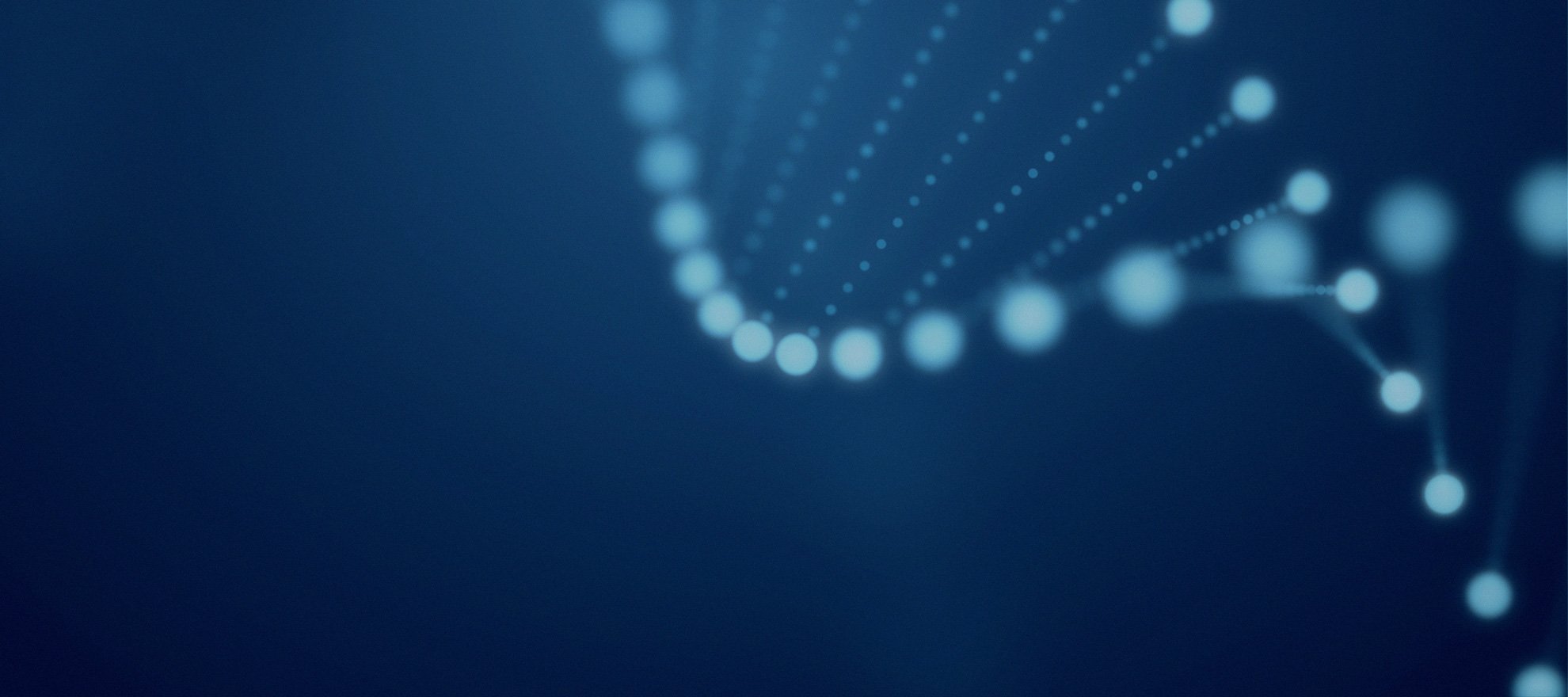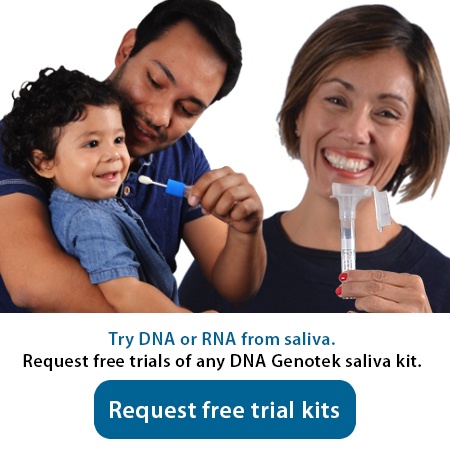2012-05-31
Dr. Hugh Rienhoff is well known as a technology visionary, entrepreneur, and venture investor in life sciences. In addition to his current role as CEO of FerroKin BioSciences, and his appointment as a Visiting Scientist at the Children’s Hospital Oakland Research Institute, he has also founded the nonprofit organization MyDaughtersDNA.org, a community focused on aiding those with diagnostically challenging genetic conditions. It was not simply that he was a trained clinical geneticist and had the background and resources to spur this effort. The motivation was simple: Dr. Rienhoff ‘s daughter was born with an unknown genetic disorder. She exhibited a puzzling array of symptoms including small muscles -- no one is sure what might lie in her future because no one is sure what is wrong with her.
Hugh Rienhoff would not accept the medical uncertainly and took it upon himself to dig into his daughter’s genetic code to find the answer himself. Dr. Rienhoff’s initial journey into his daughter’s genetic mystery is well documented in an article in Wired -- it’s a fascinating read. Dr. Rienhoff continues on his path of understanding his daughter’s complex symptoms.
He decided to found MyDaughtersDNA.org to help expand the understanding of genetic conditions and variations in the human genome. The primary purpose of the site is to provide a forum for those searching for explanations and the help of the interested community of geneticists, patients, physicians, scientists and family members. He posted his daughter’s information with the hope that he might find others with similar problems, that someone might provide a key insight, and that others might find inspiration to do the same. He hopes his site can help with these and other questions.
Dr. Rienhoff supports the use of exome and whole genome sequencing to discover the causes of these very rare genetic disorders. He recognizes the convenience and value of collecting DNA from saliva from patients who may be continents away. Like any other child reluctant to have their blood drawn, children with rare genetic disorders are poked and prodded by the medical community more often than most. To collect saliva at home expands the number of patients who can participate in such studies. He uses the Oragene collection kit to provide a non-invasive and reliable method for securing patient DNA.
Those struggling with an undiagnosed genetic disorder often devote years and go to great expense to find answers. New technologies, such as next generation sequencing, offer new hope. Sending one DNA sample (collected non-invasively with saliva) to one laboratory now results in the sequencing of an entire genome. This may allow researchers to find definitive mutations that have an impact on the disorder much sooner. The increased affordability of comprehensive sequence-based genomic analysis will enable new questions to be addressed in many areas of genetic research and hopefully provide more answers.
Dr. Rienhoff has found a very strong candidate gene variation that might explain his 8 year old daughter’s disorder but his hope is that MyDaughtersDNA.org and others will encourage those undiagnosed patients to pursue genomic analysis in search of answers if not cures. It is our hope that he and others searching for answers are successful in their quest.


